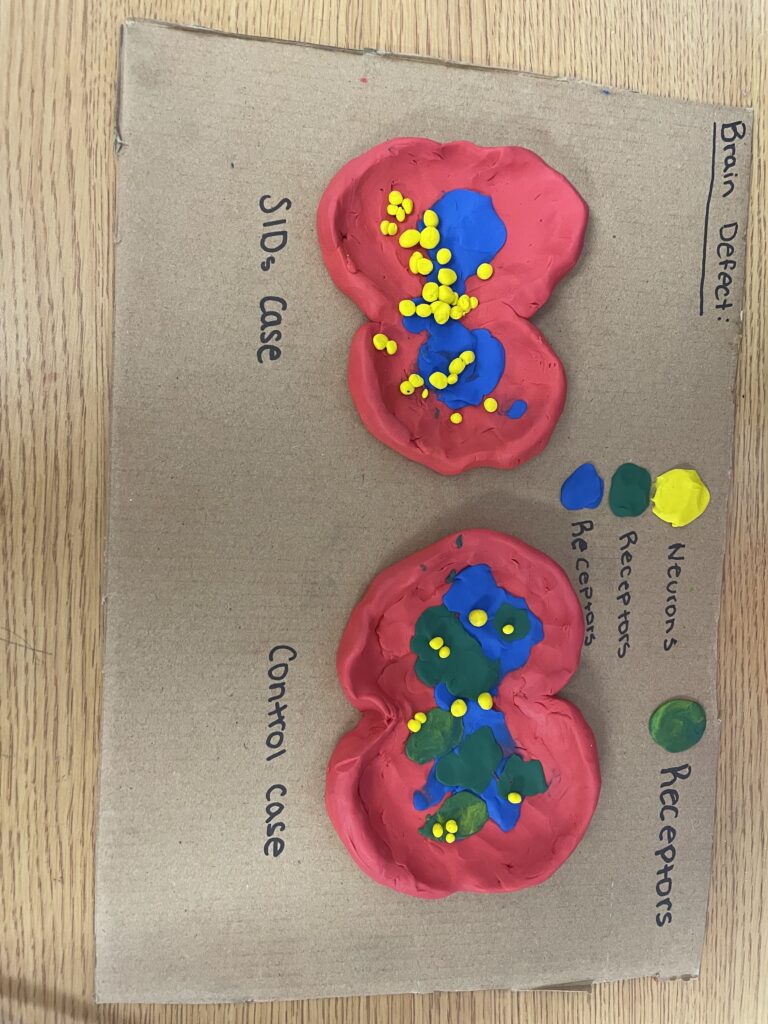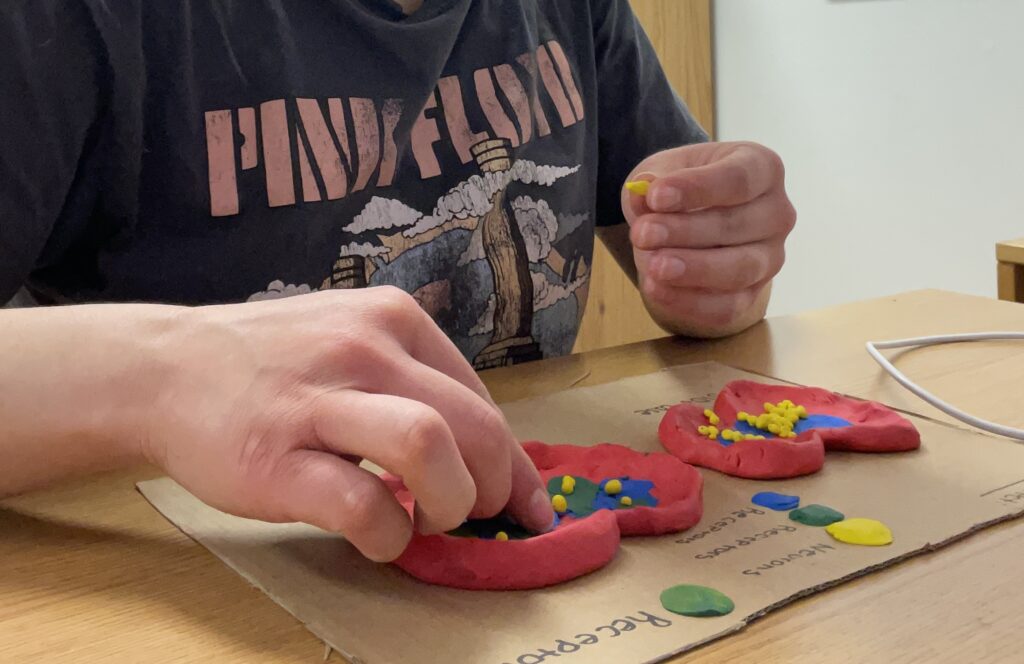What abnormalities take place in an infant’s brain that cause SIDs to occur? Are there genetic predispositions that could cause SIDs to be more of a problem in certain babies?
Sudden infant death syndrome is the main cause of infant death all over the world and is untreatable. The main hypothesis I will be researching is the serotonin brainstem hypothesis. The hypothesis addresses a lesion which may be the leading cause of SIDs due to a brainstem abnormality (Kinney, et al. 2019). In terms of the anatomy and intrinsic factors on the brain, the medullary reticular shows evidence of having gliosis, which is a fibrous proliferation, also known as damage to the CNS (Debra, et al. 2007). Gliosis is common in brain injuries, cardiac arrest, and strokes as well. That being said, since your brain is producing larger glial cells it will cause scarring in the brain which will further impact how your body works (Debra, et al. 2007). Furthermore, in terms of extrinsic factors there are a few periods in which SIDs are riskiest, these include: the critical development period, a vulnerable infant, and stressors (Kinney, et al. 2019). This is very broad, but statistics show that these factors increase the likelihood of SIDs in early development.
A consideration of the tissue tissue receptor autoradiography is also analyzed because it will show if there is a defect in the binding neurochemical, and will show subtle attributes that are not seen under regular light conditions (Jhodie, et al. 2010). A binding defect further shows there are tissues that are lacking, which is a common first symptom detected in SIDs. There is a defect shown on 5-HT as suspected and shown in the autoradiographic and serotonergic studies. The 5-HT is shown to be at a reduced binding rate, meaning the respiratory and autonomic function is lowered (Jhodie, et al. 2010) In terms of the serotonin levels, they are shown to be 26% lower than a brain without SIDs. That being said, the TPH2 levels were also significantly lower, which is responsible for encoding isozymes of tryptophan hydroxylase found in serotonergic receptors for synthesis of serotonin (Jhodie, et al. 2010).
In regards to the genetic factors, genetically controlled pathways seem to be a determining factor when it comes to some SIDs cases. There is also evidence of heterogeneous biological conditions, like, cardiac respiratory, and neurological conditions (Keywan, et al. 2021). In terms of adverse health conditions there is said to be mild illness that is common at the time of death, along with metabolic conditions that are not tested for later on death from SIDs. Furthermore, there is also an arrhythmia genetic variant that is commonly related to SIDs cases. Along with a connection from epilepsy and SIDs cases, whereas febrile seizures are said to be common in babies who later on die from SIDs. These are all risk factors, and don’t necessarily determine the death of SIDs, however, they do exacerbate it. In regards to these genetic dispositions, it is said that 40% of babies with SIDs have autonomic issues (Keywan, et al. 2021). Along with premature pregnancies are a common lead to SIDs deaths or low birth weights, under 5 pounds, 8 oz.
Furthermore, there are said to be methods that can prevent the likelihood of SIDs in babies. Pacifiers are said to reduce the risk because it can reduce the deepness of sleep the baby will fall into. Along with keeping the tongue forward and not blocking the airway. There are other simple ways to reduce the risk of SIDs, along with sleeping environments, and getting proper immunizations, which will prevent illness, that would enhance the likelihood of SIDs. Overall, SIDs is still an incompletely researched topic and there is a lot unknown to the sudden death of these infants (Keywan, et al. 2021).
Work Cited
Kinney, H. C., & Haynes, R. L. (2019, August 9). The serotonin brainstem hypothesis for the sudden infant death syndrome. OUP Academic. https://academic.oup.com/jnen/article/78/9/765/5545437
Debra E. Weese-Mayer, Michael J. Ackerman, Mary L. Marazita, Elizabeth M. Berry-Kravis. (n.d.). Wiley Online Library | Scientific Research Articles, journals, books, and reference works. AJMG medical genetics . https://onlinelibrary.wiley.com/
Jhodie R. Duncan, P. (2010, February 3). Brainstem serotonergic deficiency in sudden infant death syndrome. JAMA. https://jamanetwork.com/journals/jama/fullarticle/185314
Keywan, C., Poduri, A. H., Goldstein, R. D., & Holm, I. A. (2021, February 15). Genetic factors underlying sudden infant death syndrome. The application of clinical genetics. https://www.ncbi.nlm.nih.gov/pmc/articles/PMC7894824/
.



Hi Alana,
I found your STEAM project very interesting! I did not know that the pacifier reduced the deepness of sleep the baby falls into. It makes sense that, keeping the tongue forward, it wouldn’t block the airway and suffocate it. You mentioned that sickness is sometimes associated with SIDS, do you think that, if a child does have an illness, that it could still be considered SIDS or what it be considered death by the illness? Since there is still so much unknown about this topic, I hope that people continue to research it and try and find out more ways to prevent it. Great work!
– Aleutia